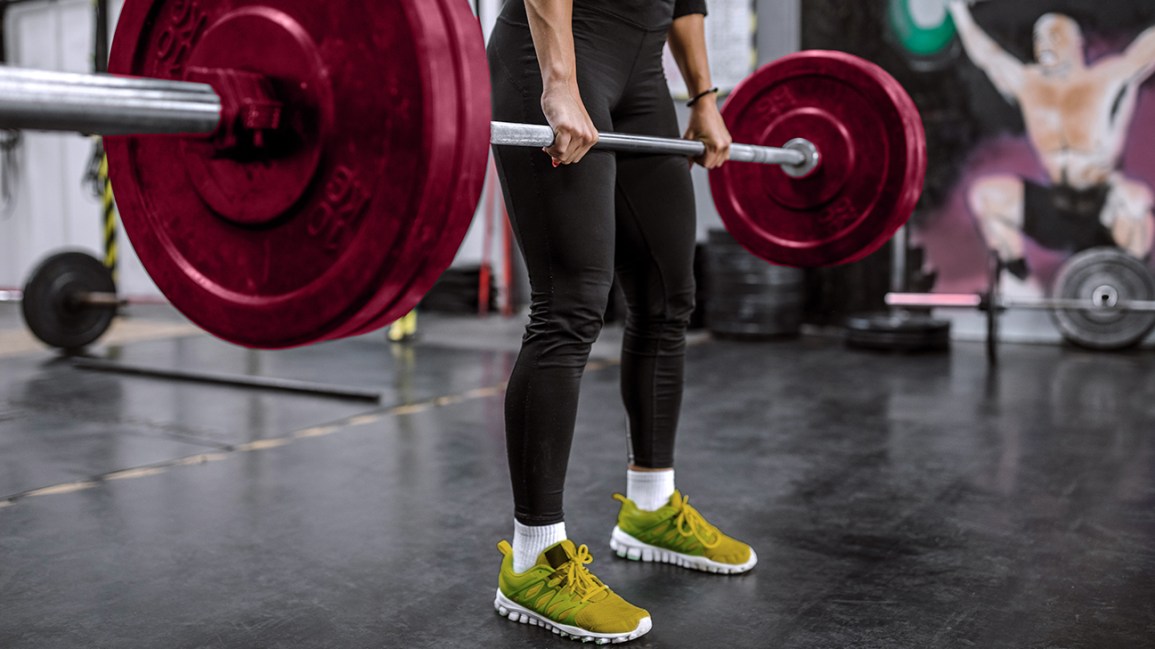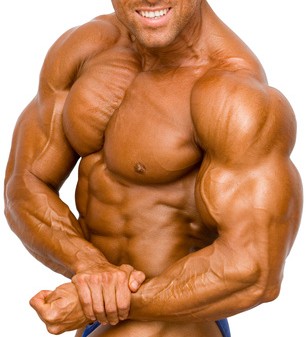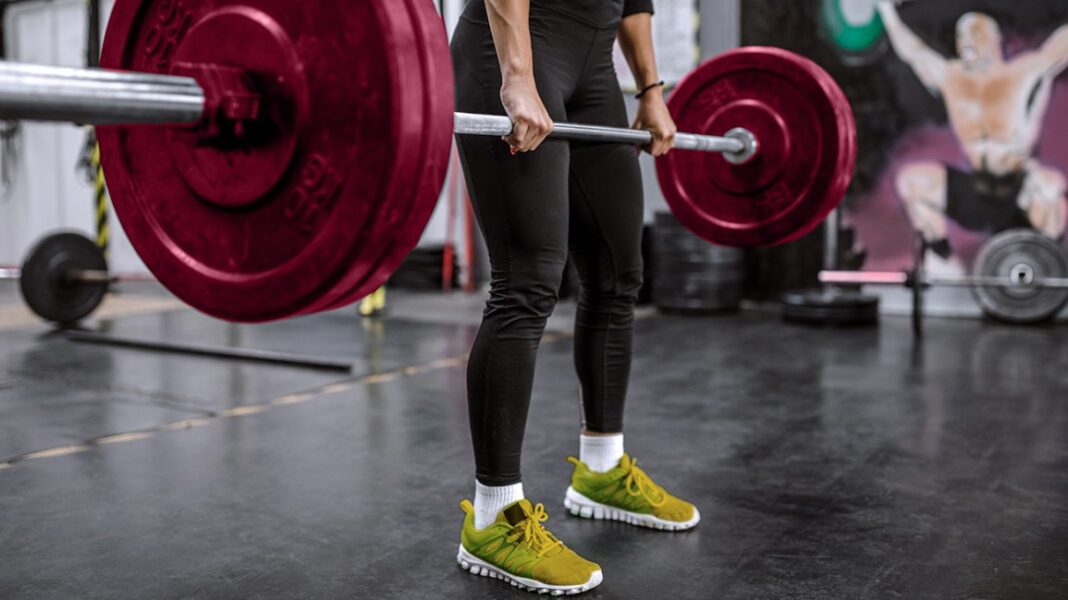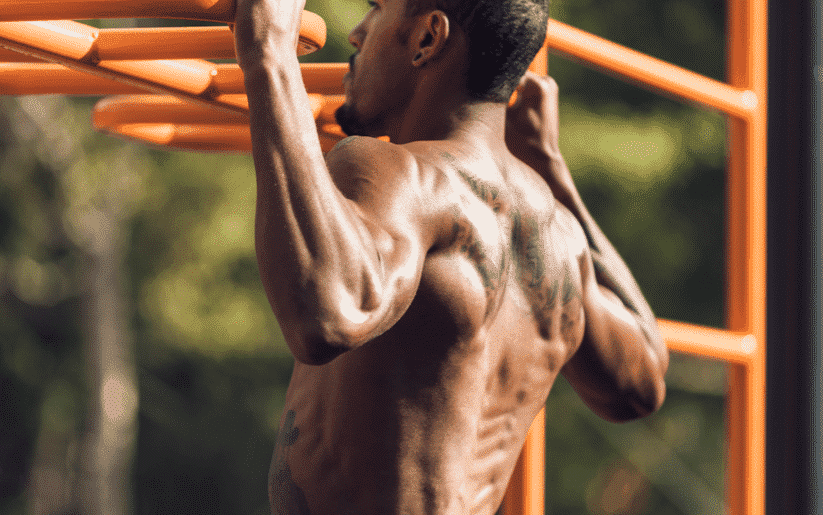Power Lifting Vs. Bodybuilding
Beginners may find it difficult to distinguish between power lifting and bodybuilding as both these are based on resistance training and involve weightlifting.
However, they have different goals, training, and benefits, among others. This article will help you understand each technique so that you can implement the right one to tone and gain muscles.
Brief Description
Power lifting involves lifting heavy weights for a 1RM in the bench press, deadlift, and squat. It generally employs 1-5 reps of heavyweight lifting.
Bodybuilding involves lifting lighter weights and isolation movements with more reps to gain muscle growth while reducing body fat.
Power lifting
As seen from the description above, power lifting is a sport that examines a person’s capability to lift the heaviest weight possible.
It uses 1RM, also known as one rep max, for bench press, deadlift, and back squat. Power lifters also use a low repetition of 1-5 reps with long resting periods to gain maximum strength.
Goal
The primary goal of power lifting is to maximize muscular force by giving high pressure on the muscles by heavyweight lifting.
Competition
When it comes to power lifting competitions, there will be three judges to assess the technique for every lift. The competitor must win the favor of at least two judges to qualify the feat.
The performance is primarily measured by 1RM per lift. The weight you lift in accordance with your weight and the absolute weight lifted determines the final score.
In general, power lifting competitions are of two types – raw and equipped. Raw power lifting involves only knee sleeves and lifting belts, while equipped power lifting allows the use of special knee wraps and suits.

Training
Power lifting involves 1RM for lifting heavy weights in the bench press, deadlift, and squat. So, training comes down to strengthening muscles in these movements.
Consistent training helps you develop muscles to enable you to lift the heaviest weights. However, to prepare your body for heavyweight lifting, you also need to implement additional exercises in your workout routine.
Also known as assistance exercises, these additional exercises help in strengthening muscles to avoid injuries and muscular imbalances while lifting weight. Lunges, Romanian deadlifts, and good mornings are some ideal assistance exercises.
Benefits
Power lifting has several benefits to both professionals and beginners:
Improved Bone Density
In addition to strengthening muscle mass, power lifting also increases bones and tissue density. According to studies, when you lift your 1RM while training, it improves the density of bones at a better rate than when doing low-intensity workouts.
Improved Functional Strength
Power lifting provides enhanced strength to the biggest muscles in the body. That being said, it improves your performance in daily activities by giving you strength and energy.
In addition, deadlifts and heavy squats enhance stability and strength that assist you well in old age as it prevents throwing out your back when you stand up or bend over.
Performance-Based Fitness Goals
When it comes to power lifting, it shouldn’t be hard to maintain goals as it is performance-based. It concentrates on the improvements based on the amount of weight you are lifting. So, it is always a great feeling to see how much progress you have made over the weeks or months.
Bodybuilding
Bodybuilding is a sport that is primarily based on resistance training. It implements dumbells, barbells, and lighter weights with more reps than power lifting to improve muscle growth.
Goals
The main goal of bodybuilding is to tone and define muscle mass while getting rid of body fat.
Competition
Unlike power lifting that assesses your strength and ability, the result for a bodybuilding competition is based mainly on physical appearance.
While it requires a consistent workout routine to get the perfect body, bodybuilders are judged based on how they look as they pose on the stage in minimum outfits to showcase their muscular bodies.
Competitors are judged according to muscle definition, symmetry, and size. There is no display of physical strength and ability during competitions.

Training
Bodybuilding is a form of resistance training that involves the use of machine-based weights, dumbbells, and barbells to gain lean muscle mass.
Bodybuilding aims at achieving a symmetrical muscular body by maximizing major muscles in the body.
So while training, you will be lifting lighter weights but with higher repetitions to boost muscle growth. Bodybuilding also has shorter workout rest periods than power lifting. A balanced diet is also crucial for bodybuilders in addition to exercises.
In the long run, however, bodybuilders do heavier routines that involve heavier weight and lower reps.
This is to maximize strength for higher rep workouts with heavier weights for long-term bodybuilding.
Some of the common bodybuilding routines include triceps extensions, bicep curl variations, and lateral shoulder raises, among others.
Benefits
Whether you are a competitive or non-competitive bodybuilder, there are many benefits that come with bodybuilding.
Maximizes Muscle Growth
Bodybuilding is great for those who want to achieve bigger muscles, a well-toned body, and reduce body fat. It is an excellent way to combat muscle loss due to aging.
One of the best ways to build muscle mass is by lifting medium to heavy weights in multiple sets with 8-12 reps.
Strong muscles are associated with enhanced insulin sensitivity, higher metabolic rate, and lower body fat and blood fat levels.
Balanced Diet and Nutrition
This is another wonderful benefit that comes with bodybuilding. Since bodybuilding requires a devoted diet along with regular exercises, you will be sticking to a balanced diet.
Whether it is for bodybuilding or any other form of workout routine, a balanced diet is crucial to help you achieve the result you want. Also, a balanced diet is highly beneficial to health.
Involves Aerobic Exercise
Unlike power lifting, bodybuilding focuses on cardio workouts during cutting periods to burn and reduce body fat. Aerobic exercises combined with resistance training are integral in most fitness programs.
Both power lifting and bodybuilding are sports that enhance muscle growth and strength. Both use various types of weights to achieve the desired effect.
But the main difference is the goal. While power lifting boosts muscle strength and size, bodybuilding improves muscle growth and reduces body fat for a well-defined body.



